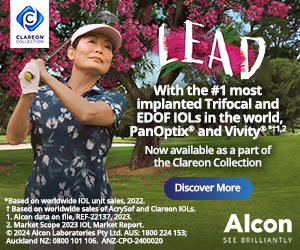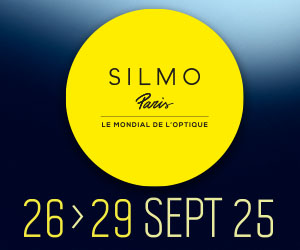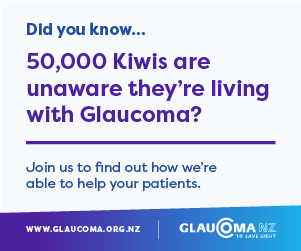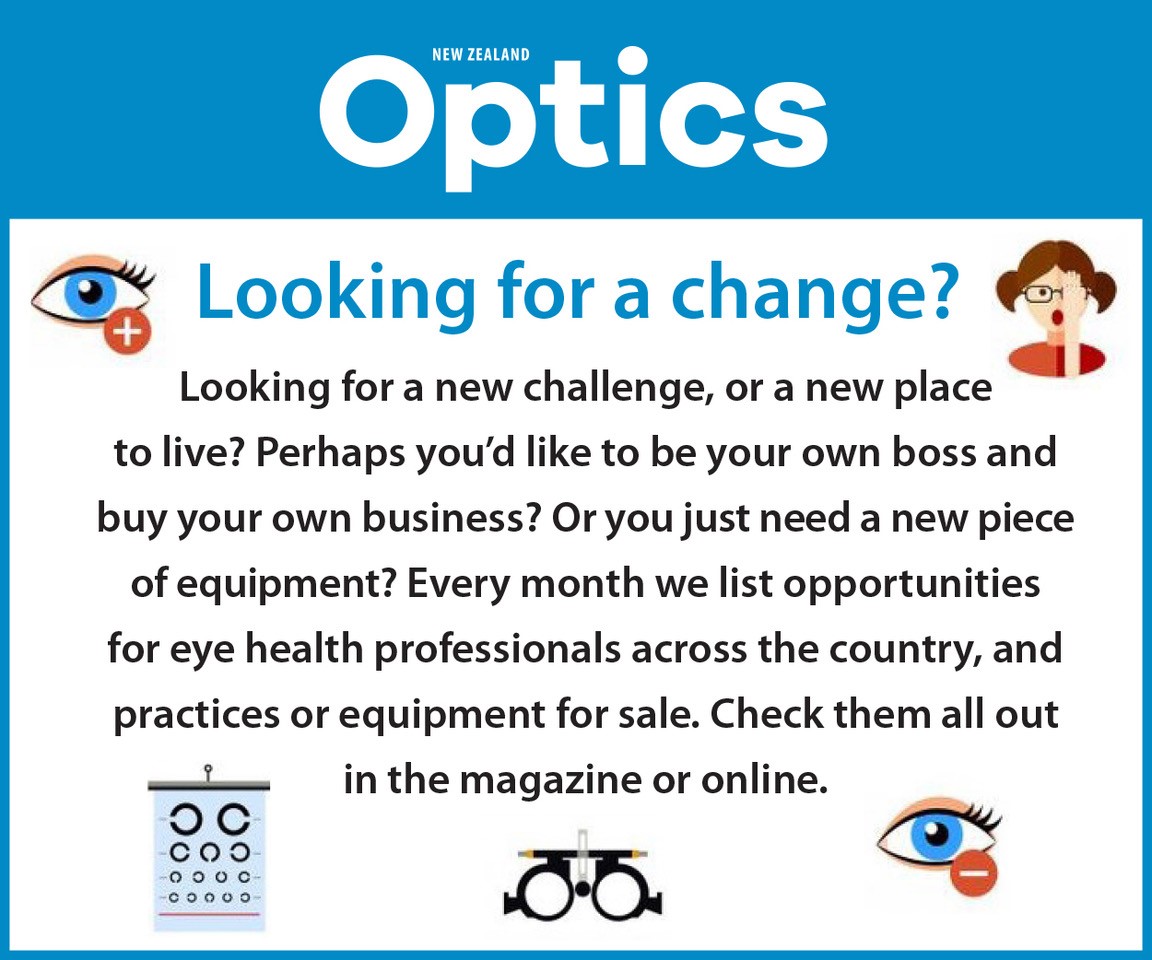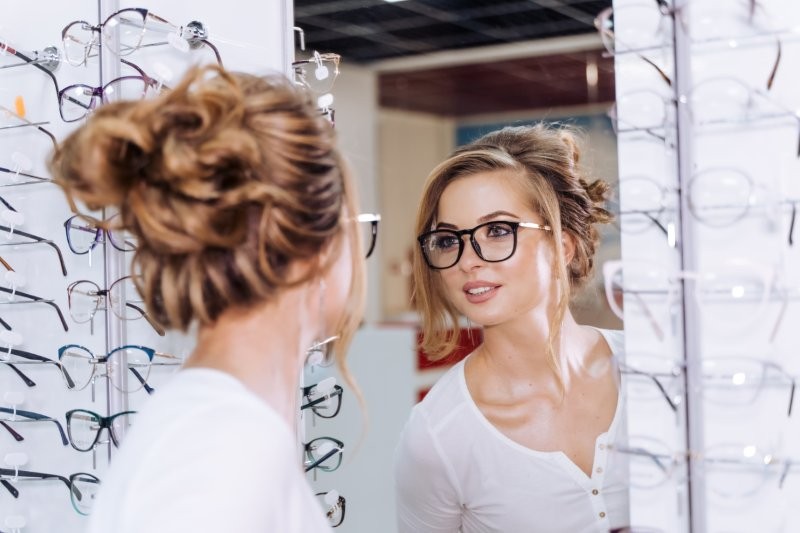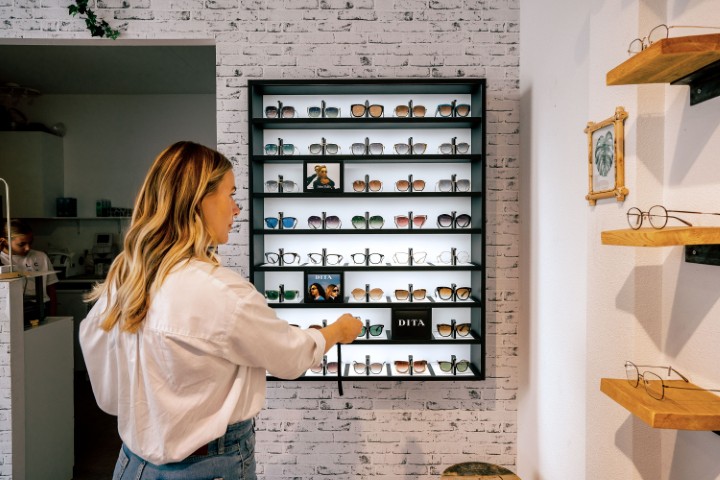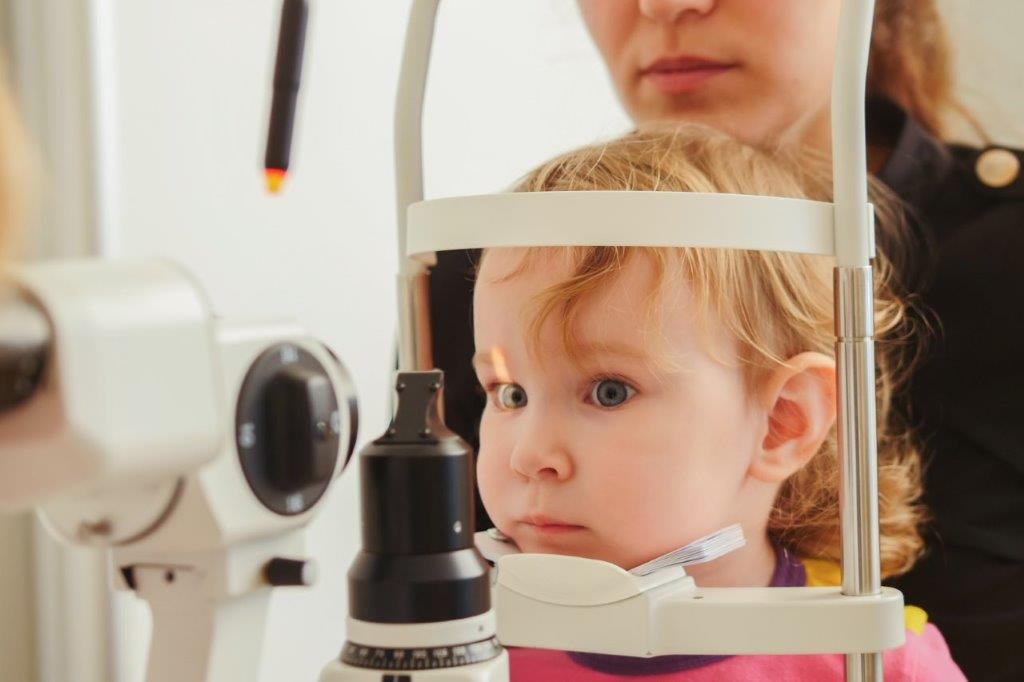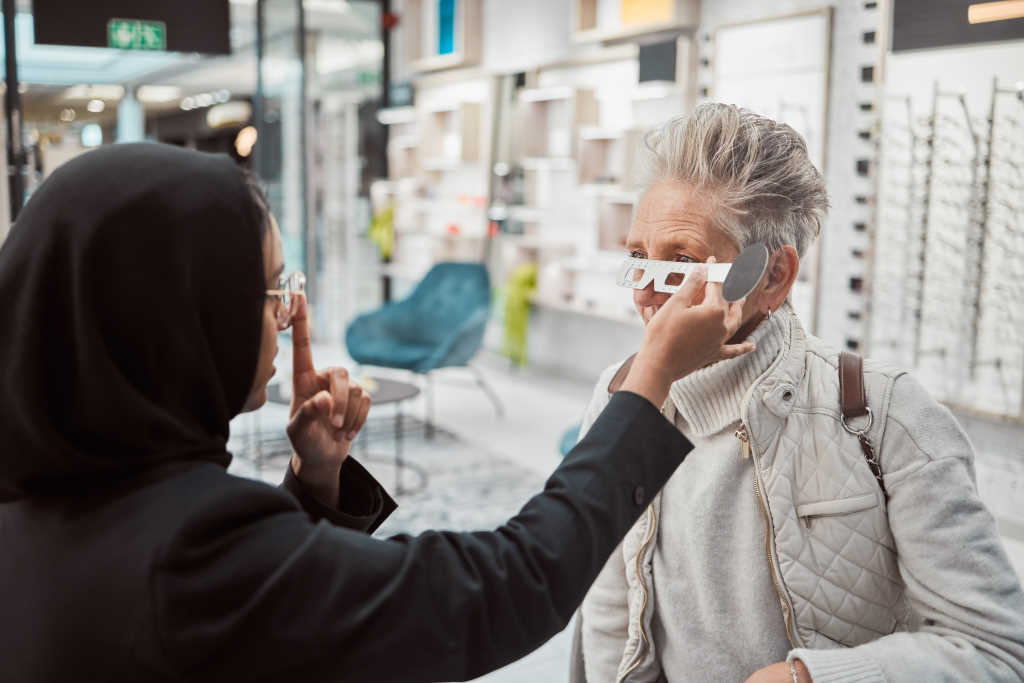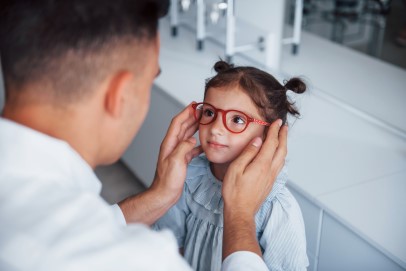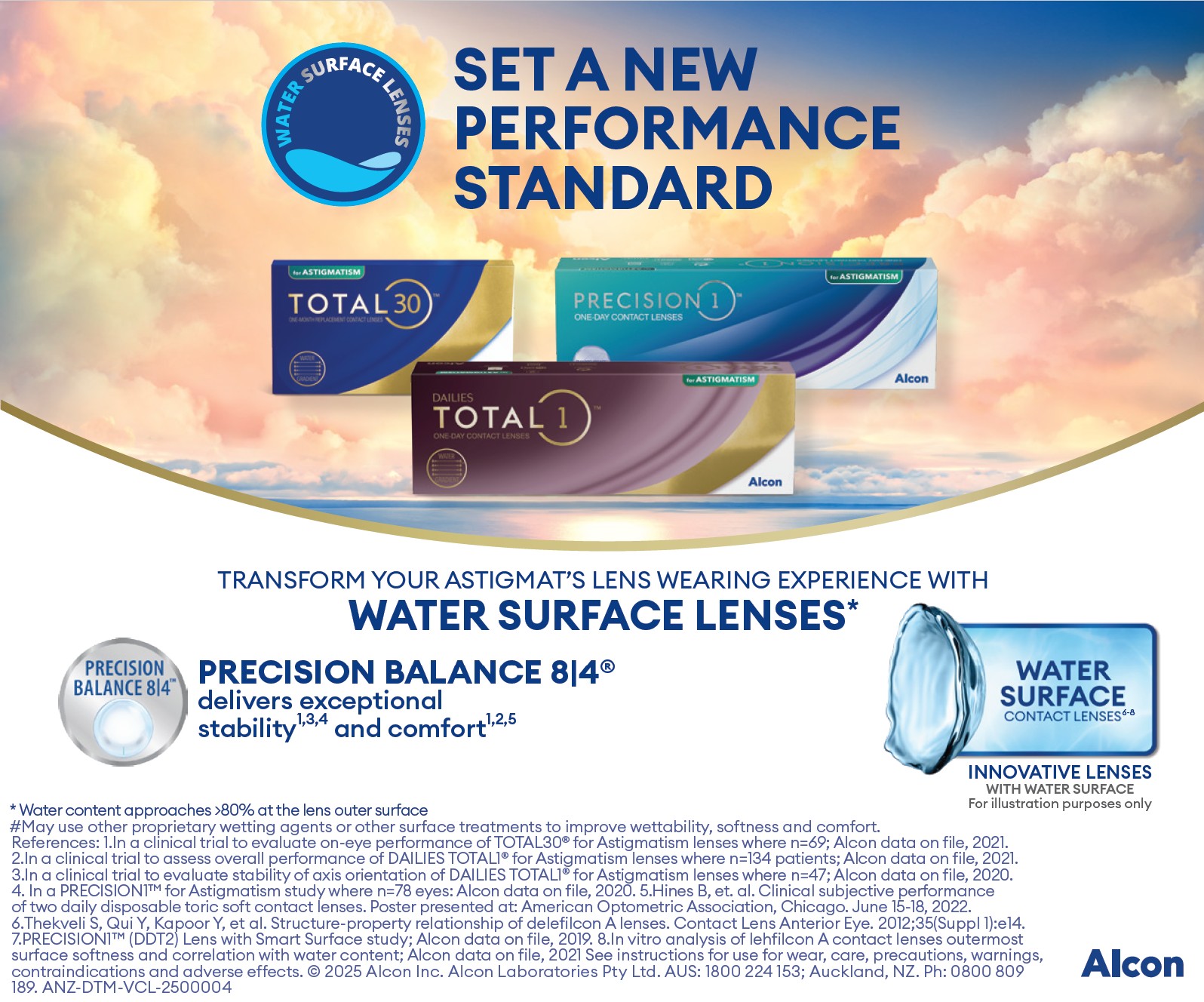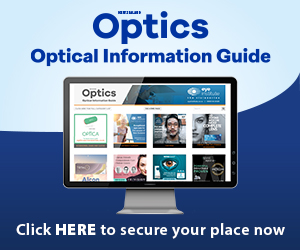Testing environment critical in paediatric lens compensation
In paediatric practice, accuracy in lens power is not only about achieving clear vision, it directly impacts the child’s visual development and their emmetropisation pathway. Unlike adults, where minor prescription discrepancies may result in transient blur or mild discomfort, small errors in a child’s lens power can contribute to abnormal visual feedback, potentially disrupting the cues that guide normal ocular growth.
Refraction (as measured in the consult room) is often considered a fixed universal value, yet this assumption is fundamentally flawed. A prescription is only correct within the exact testing conditions under which it was measured – it is not a context-free value, it reflects the optical correction required only under the test conditions.
Thus, any change to back vertex distance (BVD), pantoscopic tilt or frame wrap, either in the testing environment or in the final ‘as worn’ spectacles, alters the effective power reaching the retina. Without careful consideration of both the testing and as-worn environment in context, these induced power changes risk inducing either hyperopic or myopic defocus, actively shifting the visual signals that drive eye growth and potentially influencing a child’s ongoing emmetropisation process. This is especially the case with progressive or higher-powered prescriptions (≥ ±4.00 D), although the case for application of precise measurements for every prescription should be readily apparent.
While the industry is moving towards widespread acceptance of compensated powers and the need for position-of-wear measurements, the recording of the testing environment is regularly disregarded as unnecessary for the process.
A common set of assumed metrics for the testing environment is:
- BVD=12mm
- Tilt+0°
- Wrap=0°
However, even a cursory examination of trial-frame wear patterns reveals a potential variation of 10mm to 18mm, depending on the model of frame, choice of lens slots and the facial composition of the patient. As a simple exercise, practitioners may record the range of position-of-wear measurements across a period of one day and observe the range of results. The range of measurements typically surprises even experienced clinicians, highlighting how much the testing environment can differ from the default assumptions used by laboratories. Recognising this gap is the first step to ensuring children receive the precise correction their development demands.
Variables beyond sphere and cylinder
While sphere, cylinder and axis remain core prescription elements, paediatric lenses are especially sensitive to additional factors, including:
- BVD – a 5mm discrepancy (eg. from 12mm to 17mm) can create a ~0.30D error in higher powers, enough to shift retinal defocus and disrupt growth signals
- Pantoscopic tilt and face form wrap induce effective sphere changes, astigmatism and prism, all of which may skew peripheral defocus patterns – a key target in myopia control
- Lens aperture and centration – miscentrations can induce unwanted prismatic effects, which are particularly problematic in binocular vision development
- Posture and accommodation variability – even slight differences during testing versus habitual posture can result in a prescription that drives unintended defocus in wear.
Refraction as a contextual measurement
As I have said, a child’s refraction reflects the optical correction required only under the test conditions. Inaccurate replication of those conditions in the final eyewear can lead to subtle but chronic retinal defocus, increasing the risk of abnormal axial growth. For example, for a prescription measured at 17mm (trial frame) but with as-worn parameters of BVD=10mm, tilt=12 and wrap=2, the required compensated Rx is

Fig 1. Effective power of a -4.00/-1.00 x 176 lens for a range of tilt and wrap values
Considering the power meridians, we can see that the 176 meridian experiences an error of 0.164D, a power that will generally not concern most practitioners, despite being outside the boundaries of international standards for power error. However, the power in the 66 meridian is –4.556, indicating an error of 0.444D, which should be considered significant by practitioners. A range of calculators for practitioners, including compensated powers, are available here.
Fig 1 shows the effect of both tilt and wrap on the effective powers (as the patient would perceive the lens) in the absence of appropriate compensation for position of wear. Note that this does not include the additional confounding factor of BVD change.
Why it matters clinically
Paediatric refractions taking into account the testing environment are especially critical when prescribing for:
- Myopia control strategies (orthokeratology, multifocal or defocus-modifying lenses)
- Amblyopia management, where precision of correction is essential
- High prescriptions, where BVD mismatches create significant optical shifts.
Documenting BVD, pantoscopic tilt and frame wrap is not optional when prescribing for children – it is essential to safeguard normal emmetropisation and maximise the effectiveness of any myopia management strategy. Precision begins in the consulting room. By integrating these parameters into every paediatric refraction, clinicians can ensure the laboratory delivers truly compensated powers, reducing the risk of inadvertent defocus and supporting healthy visual development.

Dr Grant Hannaford is a senior lecturer at the School of Optometry and Vision Science UNSW and co-owns Hannaford Eyewear and the Academy of Advanced Ophthalmic Optics. He was Silmo and the International Opticians Association’s 2022 International Optician of the Year and researches emmetropisation and ocular biometric development in children as well as lens design.





